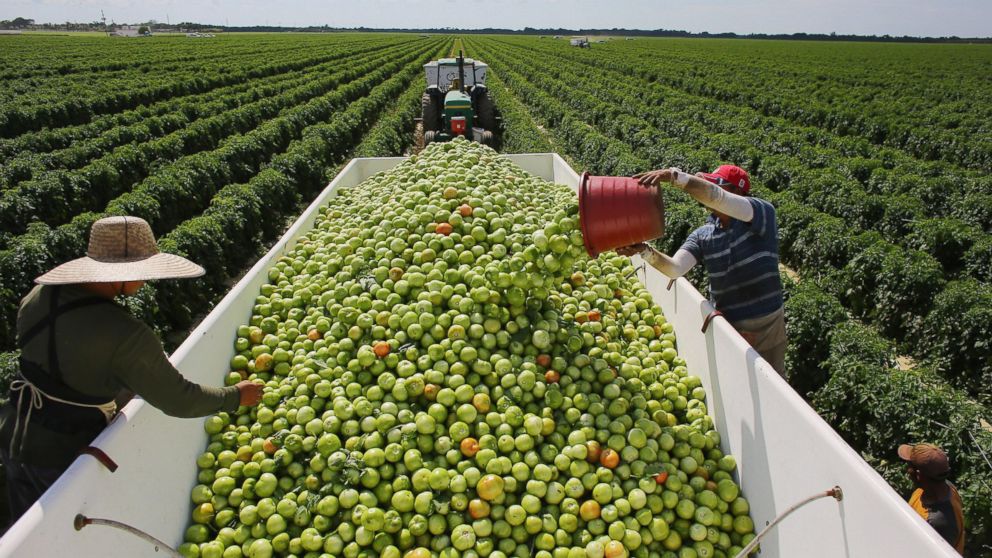How Global Warming Could Ruin Your Dinner
Carbon dioxide, food bacteria and illnesses could affect food supply.

— -- In addition to ocean levels and weather patterns, climate change may significantly affect the food we eat.
Food poisoning could increase and the nutritional value of crops may drop, according to a report called "The Impacts of Climate Change on Human Health in the United States: A Scientific Assessment" released yesterday by the U.S. Global Change Research Program, which includes representatives from several U.S. government health and science agencies.
The report details several ways human health will likely be affected by an increasingly warming climate.
One way is food-borne illnesses, such as salmonella, E.coli and norovirus may increase as warmer, hotter weather allows the pathogens that cause these illnesses to multiply, the report says.
Dr. William Schaffner, an infectious disease expert at Vanderbilt University, said longer summers and warming temperatures in agriculture settings could mean more infections, because of bacteria or other pathogens.
"With increasing temperatures, the vulnerability of food due to multiplication of pathogens, it’s likely to increase," said Schaffner. "[Pathogens] replicate, or multiply, better at warmer temperatures."
Schaffner said it was unclear how much of an impact that would have on the U.S. population because of food regulation. But, in countries where people have less access to refrigeration to keep food from spoiling, increasing numbers of food-borne illnesses may be more of an issue.
The nutrient values of food could also be at risk due to higher levels of carbon dioxide. Protein content and important minerals in crops may diminish; carbohydrates and sugars could increase in plants because, with more carbon dioxide, plants need less protein for photosynthesis. Those increased amounts of carbohydrates could then crowd out natural mineral nutrients.
Arnold Bloom, a professor of plant sciences at the University of California at Davis, explained that he and other researchers have already seen evidence that wheat is being altered by rising carbon dioxide levels.
“Protein in wheat —- which makes up 20 percent of protein in the human diet —- it has declined markedly,” Bloom told ABC News. As carbon dioxide continues to rise, he said, “We anticipate an eight to 10 percent drop in wheat protein."
Deficiencies in certain minerals are already a problem globally, contributing to a "hidden hunger," the report found.
"Globally, chronic dietary deficiencies of micronutrients such as vitamin A, iron, iodine, and zinc contribute to 'hidden hunger,'” the report said. “The consequences of the micronutrient insufficiency may not be immediately visible or easily observed.”
Even in the U.S. an estimated 38 to 45 percent of people get less than the recommended amount of calcium and magnesium, according to the report. Nutrient levels for key elements such as zinc, iron, copper and calcium could all decrease by 5 to 10 percent in most plants, as a result of higher levels of carbon dioxide.
Warming and rising seas means also mean that seafood could be more likely to contain high levels of mercury. Warmer temperatures are associated with high metabolic rates in animals, which could lead to increased mercury levels.
Finally the report said simply accessing safe, regulated food could be disrupted more and more due to increasingly severe weather events. In addition to larger events like hurricanes or tornados, the report said that smaller events like blackouts can affect health on a large scale. In 2003, for example, a massive blackout lead to an increase in diarrheal illness detected in New York.
"The food transportation system moves large volumes at a time, has limited alternative routes, and is dependent on the timing of the growing and harvest seasons, “ the authors said. “It is likely that the projected increase in the frequency and intensity of extreme weather events will also increase the frequency of food supply chain disruptions.”




